Without doubt, with the kind of evolution gamefowl breeding has undergone in the Philippines, the aspect of gamefowl conditioning has assumed a much greater role in the outcome of the match.
Whereas, some time ago it was rather breeding or quality of the gamefowl that almost always told the difference between winning and losing, now, the situation could be a different story. In the 1960s when the American gamefowl, then called Texas by Filipinos, started coming in from the US, they were so dominating that they virtually wiped our native fighting chickens—the Bisaya or Tagalog, Balulang or Batangas, the Bolinaos and the rest—out from the face of the earth.
A couple of decades later, the Negros breeders, most of whom were rich hacienderos and as such had access to expensive breeds from the US, took over and dominated the cocking scene. Who knows; if it was due to their having superior knowledge in gamefowl genetics or sheer advantage in bloodline and chicken quality? Another couple of decades later, the situation had changed.
Imported materials had become accessible and available even to the not-so-rich and to the growing number of US-based Filipinos. More and more Filipino gamefowl fanciers had got hold of imported trios, brood cocks, and hens. Subsequently, the offspring of these imported materials found their way to relatives, friends, and buyers. Thousands of Filipinos then was in possession of high caliber fowl. Now it seems, at the top-level competition, gamefowl are already created about equal.
Therefore, some emphasis should shift toward discovering superior conditioning methods. For answers, many look up to performance-enhancing drugs—steroids, hormones, stimulants-- available in the market, may they be manufactured for humans or for chickens.
Some would go as far as exploring non-drug Performance Enhancing Factors (PEFs), many of which are quite natural and inherent in gamefowl physiology. Note that vitamin supplements such as b12 and b complex, multivitamins and minerals, glucose and the likes are nor classified as a drug but as nutritional supplements.
One of these non-drug PEFs is the concept of stress management in pointing the gamefowl. It is anchored on the principle that stress triggers adrenaline rush and adrenaline rush could do wonders if experienced at the right moment. Yes, very natural indeed.
In the face of danger, the body has a natural defense mechanism. When faced with stressful and threatening situations, the body secretes the hormone adrenaline otherwise known as epinephrine. It will activate all the mechanism and instinct of survival in animals. It prepares the body for war. The secretion of adrenaline, or the so-called adrenaline rush, enhances the production of energy, activates and alerts all the sensory processes and shuts down less important functions of the organs.
It leads to high blood sugar levels, faster heart rate, and higher blood pressure. It triggers energy production. It drives the body to optimum levels of energy to achieve greater-than-normal levels of physical capability.
How Epinephrine works
Epinephrine triggers the activation of a war machine in the body. Once epinephrine is secreted by the body in the endocrine glands, it flows in the bloodstream reaching various organ centers. It starts its operation by activating some strategically placed receptors in the body.
One by one, it activates the receptors which in turn trigger buttons for initiating many chain reaction processes. When epinephrine reaches the liver cells, it activates a receptor there which initializes a chain reaction that culminates into breaking down glycogen, releasing glucose into the bloodstream. At the same time, it accelerates glucose production. Other receptors present in the muscles when activated by epinephrine cause the widening of blood vessels so that more blood can reach the muscles for efficient operation. The trigger also causes an increase in the heart pumping rate.
This is how naturally produced adrenaline or epinephrine revs up the body engine, for enhanced performance The major physiologic triggers of adrenaline release center upon stresses such as physical threat, excitement, noise, bright lights, and high ambient temperature. All of these stimuli are familiar with the atmosphere in the cockpit. So, in the cockpit, there is no way we can avoid our fowl getting stressed at one point or another. We might as well make stress work to our advantage by managing it to occur at the right moment. "Stress can help us get work done but the tension it builds in our body can lead to fatigue.
Stress causes our body to produce adrenaline and tenses our muscles. It's important to realize that engaging in activities that cause a release of adrenaline could cause fatigue afterward. In the short term, adrenaline makes you feel more alert. But in the long term, you become tired. Thus, the concept of stress management is introduced. We time stress to happen at the right time, not before, because if adrenaline rush happens early the rooster is tired when fight time comes. It is known to us cockers as the off syndrome.
Factor in stress management.
How does one manage stress in order for it to happen at the right time? Foremost, there is the question of proper handling on the day of the fight. From traveling to arrival in the cockpit to the hours leading to the actual fight, pitfalls abound.
Mistakes in handling are waiting to happen that will cause premature stress. Too much heat during travel; too much anxiety of the roosters upon arrival; poor farm management may all lead to premature stress. Finally, care should be taken during the limbering, heeling and the heating up in the pit. Then there is the matter of actual physical conditioning of the fowl.
Click photo to learn more about this product
A physically fit fowl has a better chance of coping with stress and turning the subsequent adrenaline rush to an advantage. A poorly conditioned rooster will not be able to sustain the physical metamorphosis that will take place during the resulting adrenaline rush. For these, some supplements such as the protein creatine and sugar ribose will be helpful, as well as vitamins and minerals. Ample reserves of glycogen and glucose in the blood are also necessary.
Ribose is a unique, sugar that occurs naturally in all living cells. It forms the carbohydrate portion of DNA and RNA, the building blocks of life. Ribose is also the sugar that begins the metabolic process for the production of adenosine triphosphate (or ATP). ATP is the major source of energy used by cells including muscle tissue for normal function. In this regard, ribose works in partnership with creatine.
Click photo to learn more about this product
The reason Ribose and Creatine are so closely related is the way in which they do their thing. There is also a well-defined synergy between the two. Training exercise too is a must. "Regular physical exercise is a simple and effective means of preparing the rooster’s body to cope with stress and react positively. Exercise accustoms the rooster’s body to release natural chemicals such as adrenaline. Proper exercises also tone the muscles to the efficiency necessary in doing battle.
When we rely on the wonder of adrenaline, or the flight or fight hormone, to propel our warriors to above normal physical capability, then it is incumbent upon us to do everything to equip our fowl with adequate physical and mental foundation. After all, we are banking on something very natural to achieve more than natural heights of physical activities. Yet, there is no guarantee of what we can achieve. That is the beauty in cockfighting. No matter what we do, we cannot be assured of the outcome of the fight. Thus, good cockers aim for victory but they readily accept defeat.
Pointing is the final stage in the gamefowl’s conditioning for the actual fight. If conditioning is to prepare a cock for battle, pointing is to prepare the cock for the day, and even, for the moment of battle.
Lately, pointing has become a specific stage of the gamefowl’s preparation specialized by some higher masters of the game. It is not uncommon nowadays that the pre-conditioning and conditioning stages are handled by assistants handlers and feeders. But, most of the time it is the chief conditioner who will take care of pointing. It is the culmination of all the time, effort and knowledge put into the gamefowl being prepared for the fight. Here, in this final act, there would be no room for mistakes.
The ability to point the gamefowl properly has grown in proportion as far as influence in the outcome of the fight is concerned. At, top-level competitions it seems that chickens are now created about equal. The best bloodlines are now available to hundreds if not thousands of Filipino breeders, who know the right breeding methods and are affluent enough to provide the right environment for the gamefowl. A look at the results of the numerous stag derbies held annually during the stag season tends to support such contention.
Conditioning then may be logically looked upon as the factor that might tilt the balance. Yet, within that spectrum is another important factor—the ability to point a well-conditioned chicken. The best conditioning will go down the drain if not coupled with proper pointing. With this hypothesis in mind, RB Sugbo Gamefowl Technology devoted some time to the research and study of the science of pointing, premised on the characteristic of Filipino sabong. The study was placed in the perspective of the fact that Filipino slasher fighting is fast and furious. Thus, we came up with a concept of pointing based on the principle of stress management with a view to a timely adrenaline rush. We call the method Power Pointing.
In a nutshell: The modern concept of Power Pointing
Power pointing is a system of pointing the gamecock designed by RB Sugbo Gamefowl Technology. It is based on the concept of stress management. The principle is that stress triggers adrenaline rush and the hormone adrenaline enables the body to achieve extraordinary physical and mental conditions as part of a natural defense mechanism. We know what wonders adrenaline rush could do. During an emergency, one can lift objects too heavy under normal circumstances, or jump long or leap high.
This phenomenon is due to the surge of adrenaline. The whole idea of power pointing is to aim for the adrenaline rush to transpire in time for, or during the actual fight, and to provide the body and muscle with the right kind of energy and power necessary to support such surge. To ensure adequate reserves of energy necessary to support adrenaline rush, the concept avails of quick power and energy-boosting substances, namely: creatine; ribose; B-complex and iron; b15 (pangamic acid); and glucose.
Creatine and ribose are necessary for the burst of energy during the initial stage of the fight. B complex and iron condition the blood and help in the distribution of oxygen to the brain and other parts of the body. Pangamic acid, being a vasodilator, expands the blood vessels to allow effective blood flow. Glucose is the purest form of instant energy. These natural substances constitute a potent combination that serves well during both the initial stages and the latter part of the match.
Quick energy loading, not carboloading
The system does not require the usual 2-3 day carboloading used by most other pointing methods, particularly those advocated by the old school influenced by practices of American cockers. It should be pointed out that American gaff and short knife require stamina and endurance, which are not the top priority in slasher knife fighting. In the Filipino slasher fighting, the cock should rely more on sharp cutting ability, timing, and quickness. Carboloading benefits endurance athletes but not sprinters.
It is more appropriate for American cockfighting than in Filipino sabong. Instead, our focus is on energy-boosting on the day of the fight, based on the ATP-CP energy pathway principle. ATP-CP pathway is the initial source of energy that muscles utilize in the burst of speed and power necessary in the first few buckles. In the first burst of activity, the muscles rely on the ATP-CP (Adenosine Triphosphate – Creatine Phosphate) energy pathway which is anaerobic.
Click photo to learn more about this product
After a few seconds, the muscles draw energy from glycolysis, which is common to anaerobic and aerobic pathways. The end product of glycolysis, pyruvate, represents a fork in the catabolic (breaking down) process. Pyruvate could be committed to the anaerobic pathway or to the mitochondria leading to the Krebs cycle and the electron transport chain, both of which are aerobic in nature. When the contest drags on, the body will have to rely on energy on these two aerobic pathways.
Cockfighting, however, is more of a sprint event than a marathon. The focus should be on an anaerobic energy pathway.
Quick Energy: Creatine Ribose
When the muscle contracts the initial fuel it utilizes is adenosine triphosphate or ATP.―ATP releases one of its phosphate molecules to provide energy for muscle contraction and other functions. Once ATP releases a phosphate molecule, it becomes a different compound called ADP (Adenosine Diphosphate). Unfortunately, there is only enough ATP to provide energy for a few seconds, so for this energy system to continue, ATP must be produced. Creatine Phosphate (CP) comes to the rescue by giving up its phosphate molecule to ADP, recreating ATP. This ATP can then be burned again as fuel for more muscle contraction. The bottom line is that the ability to regenerate ATP largely depends on the supply of creatine.
The more creatine in muscles, the more ATP you can remake.‖ (Dave Tuttle; User’s Guide to Sports Nutrients) Otherwise, the body will be forced to rely on another energy pathway, glycolysis. The pathway has a by-product that irritates the muscles, causes pain, and interferes with biochemical reactions necessary for muscles to do the job, thus fatigue sets in. So, the earlier the body relies on glycolysis for energy, the earlier it gets tired. The other pathways –the Krebs cycle and the electron transport chain – are aerobic or employ oxygen. Aerobic conversion takes over when the activity is prolonged but less intense or less than maximal effort. This seldom happens in cockfights.
Most important in Filipino cockfights is the initial bursts of energy. We have learned that the body can achieve a maximum amount of energy if the muscles have enough supply of ATP. And, creatine is what enables the resynthesis of ATP to take place. But during heavy exertion of effort as what transpires in the first few buckles of a cockfight, creatine cannot resynthesize ATP fast enough. Fortunately, ribose can help speed up the process. Ribose is a sugar that can be converted into energy molecule pyruvate, which, in turn, allows ATP to be produced.
The delay in ATP recovery occurs primarily because of the lack of a compound called PRPP. Glucose provides PRPP but much slower than ribose. Ribose supplementation speeds up the process. With the creatine-ribose combination, supply and resynthesis of ATP are assured. The chicken will have enough ATP to produce energy necessary for the initial bursts of combat activity. It will also delay the muscles’ early switch to glycolysis, an inefficient source of energy. Blood Conditioners and Oxygen Distribution Aerobic conversion of energy require oxygen. And, the primary carrier of oxygen to the cells are the red blood cells, hemoglobin, in particular.
Vitamins B1, B2 and B3 help in energy production. B12 helps in increasing red blood cells. Red blood cells contain the protein hemoglobin. Hemoglobin with the help of iron loads oxygen in the lungs and unloads it in other parts of the body and all the cells including those in the brain. Lack of oxygen in the brain cells could cause what we cockers call ―passing out.‖ B complex, B12 in particular, and iron are a potent combination for blood conditioning.
Click photo to learn more about this product
In addition to good blood conditions, an efficient network for its delivery is also necessary – a strong heart to pump blood and wide passageways. A strong heart is needed to efficiently pump blood throughout the body. Fortunately, science has identified several substances that help boost heart strength. Omega 3 and Omega 6, alpha-lipoic acid (ALA), L-carnitine and ubiquinone (CoQ10) are examples, on the other hand, B15 or Pangamic acid acts as a vasodilator.
A vasodilator increases the diameter of blood vessels. When this occurs, a more efficient blood circulation takes place. Also, the expanded superficial blood vessels allow the transfer of more heat to the environment, thus, lowering the cock’s body temperature. This combination of heat muscle boosters and vasodilator will complement the blood conditioners in the delivery of oxygen to the cells. Easy to adopt Power pointing is applicable to chickens both for derbies and hack fights. Any good and adequately conditioned cock can be placed on the Power Pointing program. The program requires a period of just 1 week before the fight.
Although best, in conjunction with our Pyramid Conditioning method, Power Pointing is compatible with most other sound conditioning programs. It is easy to adopt as it does not interfere with your usual practices and feeding programs.
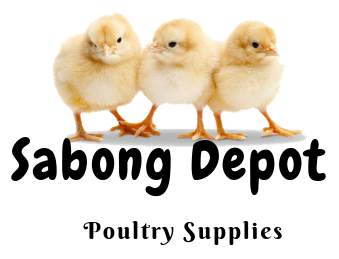









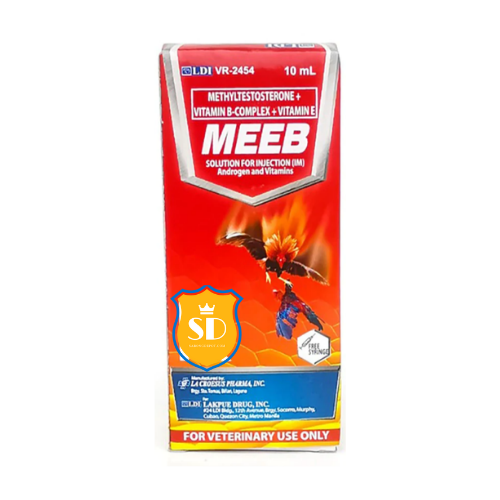
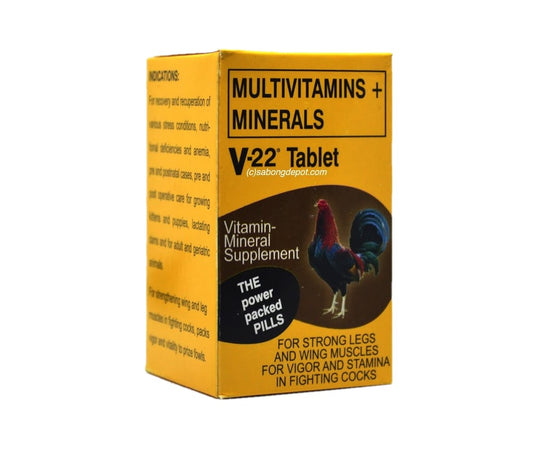
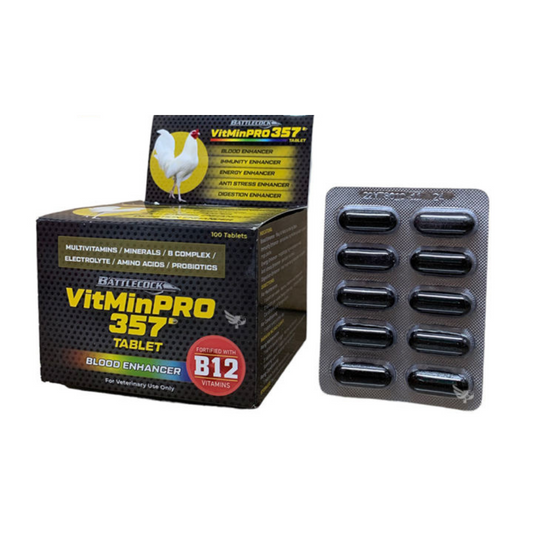
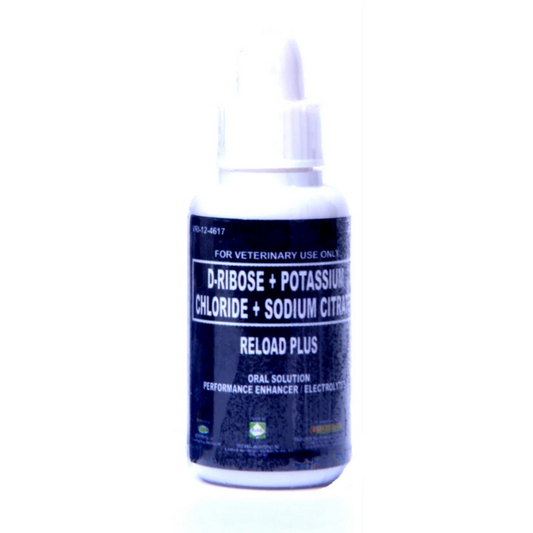
10 comments
Hello can can get your pwer pointing and pyramid conditioning method i really love to learn from you these article is so informative, thankyou
Hello
First hope all is good with you, I’m writing from México.
I want to congrats for this worderful information, there is a lot of things supported by science which give us confidence.
We are Gamefowl breeders all our stallions are buyed to the best breeders of USA, the level is really good however all time I thought that the ponting method can help us to win or lost the match as you mention in this article.
In this way, I would like to know if you know or sell some product which mixes creatine + ribose, if yes … can I get this information?… if not, could you let me know the quantity of both and the time to give the gamefowl before the figth?
thanks in advance for your help,
Best regards!!
I would lyk a copy of how to point out a cock for conditions an to prepare on fighting thank u an I’ll be appreciated an would lyk to learn from dis copyright
Hello! Help me to become more equiped in conditioning level. Please
How can i get a copy of power pointing and pyramid conditioning method